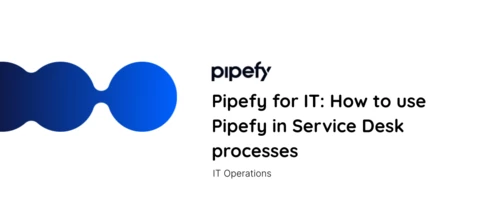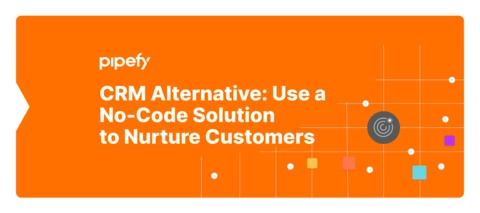- Home
- Community overview
- Find your Cluster
Find your Cluster
Meet practitioners that are leveraging the same processes as you!
196 Topics
jorden-monroeInspiring
asked in IT Operations
Ian CastelliProduct Education Team
published in IT Operations
Ian CastelliProduct Education Team
published in IT Operations
Juliana SpinardiPipefy Staff
published in Customer Operations
avtarsaiNew Member
posted in IT Operations
Community Experts Leaderboard
Join us in the Pipefy Community! 🚀
No account yet? Create an account
Login with your Pipefy credentials
or
Enter your E-mail address. We'll send you an e-mail with instructions to reset your password.
Scanning file for viruses.
Sorry, we're still checking this file's contents to make sure it's safe to download. Please try again in a few minutes.
OKThis file cannot be downloaded
Sorry, our virus scanner detected that this file isn't safe to download.
OK
![[Portuguese] Dicas básicas para o uso de Hooks [Portuguese] Dicas básicas para o uso de Hooks](https://uploads-us-west-2.insided.com/pipefy-en/attachment/width/480/6e617758-d6c9-4d5b-bc32-96352861b791_thumb.png)


![[Portuguese] Pipefy Para TI: Como utilizar o Pipefy em processos de Service Desk [Portuguese] Pipefy Para TI: Como utilizar o Pipefy em processos de Service Desk](https://uploads-us-west-2.insided.com/pipefy-en/attachment/width/480/4228ac06-eb95-4a73-bd72-6823e1b3456a_thumb.png)



![[Portuguese] A privacidade de dados em meio ao avanço das inteligências artificiais [Portuguese] A privacidade de dados em meio ao avanço das inteligências artificiais](https://uploads-us-west-2.insided.com/pipefy-en/attachment/width/480/2ce46828-3770-40ce-9caa-7a33202355c9_thumb.png)
![[Portuguese] Tech Talk: Conceitos de MLOps [Portuguese] Tech Talk: Conceitos de MLOps](https://uploads-us-west-2.insided.com/pipefy-en/attachment/width/480/4bcbb039-3d0f-40ff-b560-657ef9f51e5a_thumb.jpg)